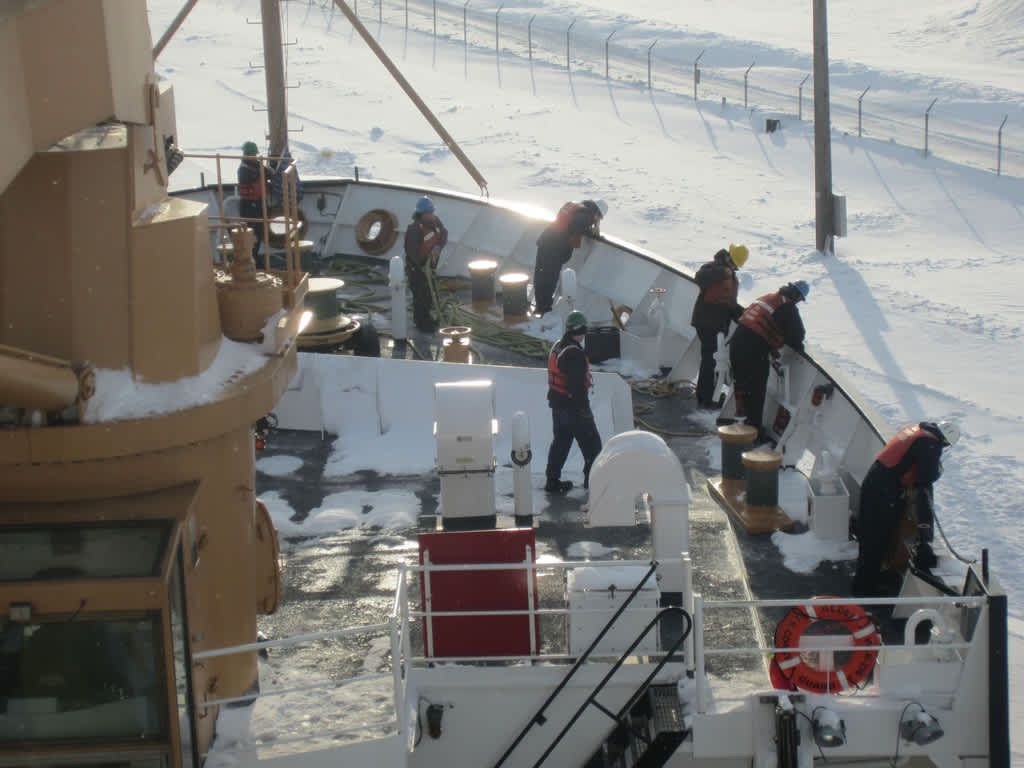Great Lakes Ice Cover May Last Until June, Fish Spawning Delayed
OutdoorHub Reporters 04.28.14

Signs of warmer weather may finally be reaching many parts of the country, but the Great Lakes still remain ice-covered. As of Sunday, the Great Lakes Environmental Research Laboratory recorded an unprecedented 32.8 percent total ice cover for the lakes, the highest for this time of year since researchers started keeping count in 1973. Lake Superior leads the region with over 60 percent ice coverage, while Lake Huron holds 25 percent and Lake Michigan comes in third with a dwindling 15 percent. Ice melt occurred the quickest on Lake Erie and Lake Ontario.
“Lake Erie melts quicker due to the shallow nature, but still had 7.6 percent ice on April 23, 2014. Previously on that date the highest amount of ice was three percent in 1978,” wrote MLive.com meteorologist Mark Torregrossa. “Lake Ontario still has eight-tenths of one percent ice cover. That’s not much, but it is still more than the six-tenths it had in 1977.”
Experts predict that at least one of the Great Lakes will still hold ice well past the month of May and into June. While this is an extraordinary event for researchers following the phenomenon, the late ice melt can also spell trouble for those who earn a livelihood from the lakes. Freighters carrying much-needed cargo are still calling on the services of US Coast Guard ice breakers to escort them through Lake Superior.
“This is the worst winter since 1993 or 1994,” Glen Nekvasil, vice president of the Lake Carriers’ Association in Ohio, told Wawa News. “The last time ice breakers were out this late in the season convoying vessels was 1996. It’s been a very brutal winter.”
The record ice cover could also mean changes for fishermen and bird hunters as well. Since some Great Lakes fish require higher temperatures to spawn, experts predict that many species will begin spawning later in the year. The abnormal ice coverage could be a benefit to some species, but has been generally detrimental to wildlife. The damage is worse to the region’s waterfowl, which are dying in droves due to starvation.
“All (the ducks) have empty stomachs. They’re half the weight they should be,” New York Department of Environmental Conservation biologist Connie Adams told the Associated Press in March.

